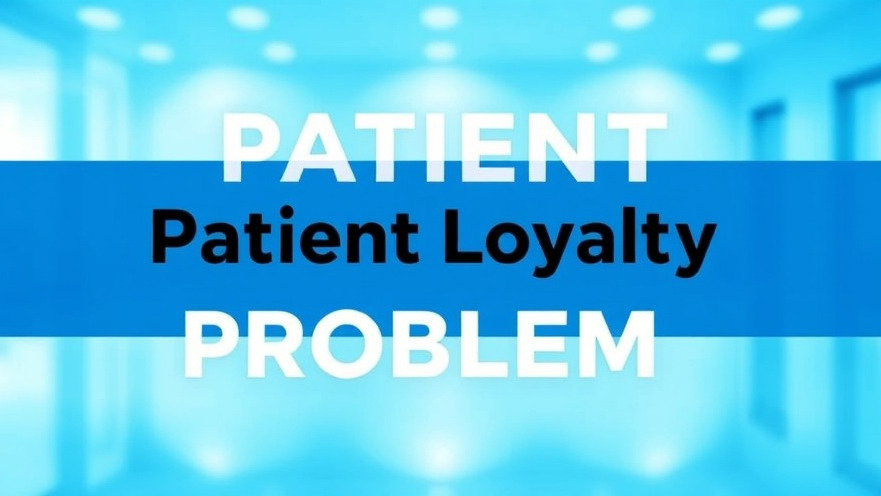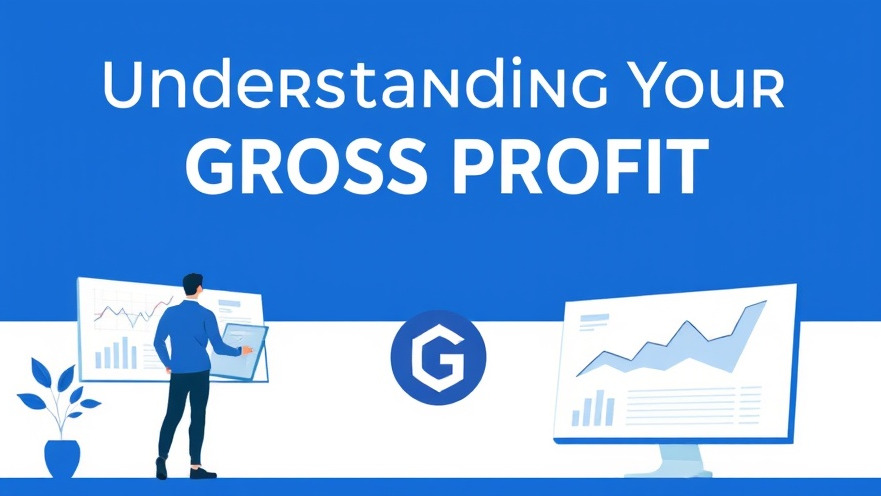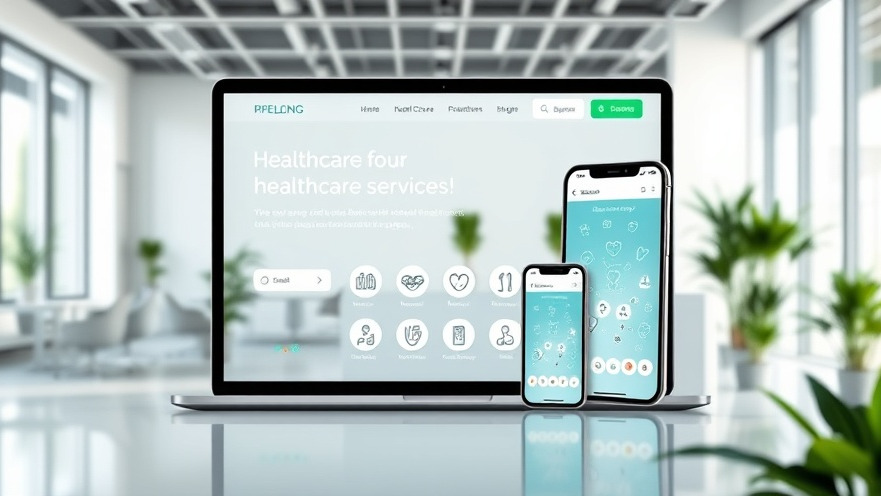
Understanding Your Patient Loyalty Problem
Nearly half of new patients visiting dental practices never return for follow-up appointments. While this statistic is alarming for many dentists, it is far more revealing about the underlying issue: a lack of patient loyalty.
The Loyalty Formula: Building Long-Lasting Relationships
The concept of dental membership plans has become a hot topic in establishing patient loyalty. Membership plans provide affordably priced alternatives that not only encourage patients to return but significantly increase their overall spending—by an average of 66%! Dr. Emily Johnson, for instance, can implement such plans to promote a sense of belonging within her practice, enhancing patient retention and satisfaction.
Common Misconceptions About Patient Visits
It is a common misconception that cash-paying patients will visit more frequently than those with insurance. However, studies have shown that those without insurance often feel anxious about the costs that may arise from their appointments, leading to decreased visits. Understanding this dynamic is critical for dental practice owners like Dr. Johnson, who strive to create an accessible environment for all patients.
Exploring Data for Practice Improvement
A key takeaway is the importance of leveraging practice data to boost patient loyalty. Many dentists tend to make knee-jerk decisions based on assumptions rather than data. For Dr. Johnson, this means evaluating trends in appointment frequency and patient demographics regularly. Utilizing analytical tools can help her make informed decisions that foster stronger patient relationships.
Creating Actionable Insights
One actionable insight aimed at enhancing patient retention is developing a personalized communication strategy. Following up post-appointment with a friendly email or a call can create a welcoming touch point for patients. Remember, it’s often the little gestures—a handwritten thank-you note or a birthday card—that can make patients feel valued.
Understanding Patient Needs
As a practicing dentist, understanding the individual needs and concerns of patients is paramount. Knowing that uninsured individuals are typically hesitant to return, it would be beneficial for Dr. Johnson to strategize on how her practice can alleviate their anxiety. Creative alternatives like clear upfront pricing and flexible payment options can improve their experience immensely, making it more likely they'll return.
Risk Factors That Influence Loyalty
Patient anxiety about treatment costs can deter them from returning. If Dr. Johnson implements membership plans effectively, she can address this anxiety directly, fostering deeper trust with her patients. Risk factors to consider include lack of follow-up after initial appointments, dismissal of uninsured patients' concerns, and failure to maintain open communication lines.
A Pathway to Patient Trust
Building patient loyalty might not happen overnight; it requires consistent effort and a genuine desire to meet patients' needs. Practices that align their strategies with patient desires, showing empathy and understanding, can cultivate a loyal patient base. Dr. Johnson can take steps now to engage her patients, making them feel heard and valued.
In summary, patient loyalty is not just a marketing issue; it is a fundamental aspect of practice growth. Strategies like membership plans and personalized communication will ensure that Dr. Johnson's practice not only attracts new patients but fosters long-standing relationships with them. For dentists eager to implement effective patient engagement tactics, now is the time to step back, assess the practice landscape and realize that loyalty is built on trust.
To foster the kind of practice that thrives on returning patients, consider embarking on membership plans, communication strategies, and data-driven decisions. In the end, it's about much more than just filling appointment slots; it’s about nurturing lifelong patient relationships.
 Add Row
Add Row  Add
Add 




Write A Comment